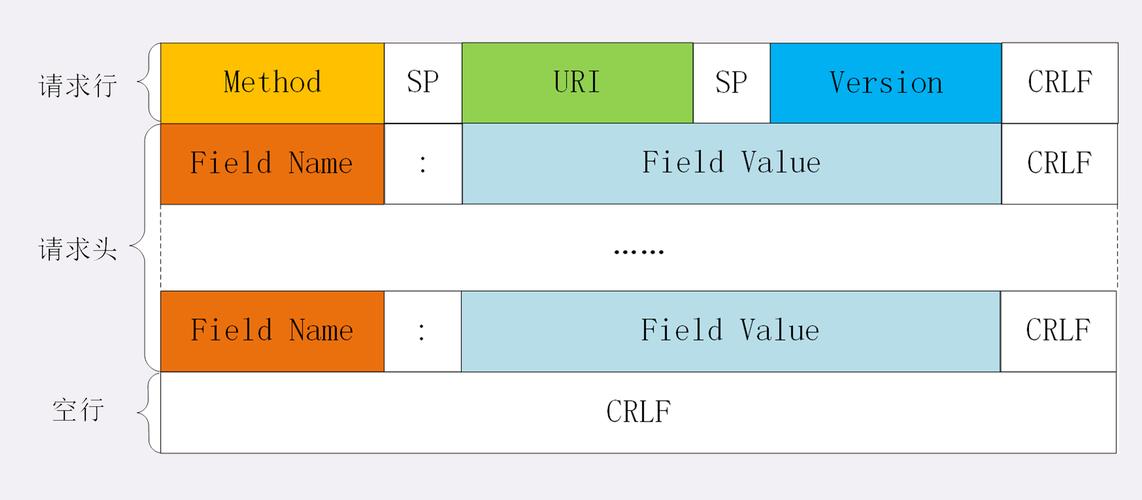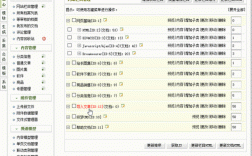HTTP Header Const 报错是一个常见的问题,通常出现在跨域请求或 HTTPS 配置中,以下是关于该问题的详细分析、解决方案以及相关FAQs。
一、HTTP Header Const 报错原因及解决方案

1. 跨域资源共享(CORS)配置错误
描述:在跨域请求时,如果服务器没有正确配置允许的源、头和方法,浏览器会阻止请求并显示报错信息。
解决方法:
Spring Boot 配置 CORS:可以通过注解或全局配置来解决跨域问题。
注解方式:
- import org.springframework.context.annotation.Configuration;
- import org.springframework.web.servlet.config.annotation.CorsRegistry;
- import org.springframework.web.servlet.config.annotation.WebMvcConfigurerAdapter;
- @Configuration
- public class CorsConfig extends WebMvcConfigurerAdapter {
- @Override
- public void addCorsMappings(CorsRegistry registry) {
- registry.addMapping("/**")
- .allowedOrigins("*")
- .allowedMethods("GET", "POST", "PUT", "DELETE")
- .allowedHeaders("*")
- .exposedHeaders("accesscontrolallowheaders",
- "accesscontrolallowmethods",
- "accesscontrolalloworigin",
- "accesscontrolmaxage",
- "XFrameOptions")
- .allowCredentials(true).maxAge(3600);
- }
- }
全局配置方式:

- import org.springframework.context.annotation.Bean;
- import org.springframework.context.annotation.Configuration;
- import org.springframework.web.filter.CorsFilter;
- import org.springframework.web.cors.UrlBasedCorsConfigurationSource;
- import org.springframework.web.cors.CorsConfiguration;
- @Configuration
- public class ManagementApplication {
- private CorsConfiguration buildConfig() {
- CorsConfiguration corsConfiguration = new CorsConfiguration();
- corsConfiguration.addAllowedOrigin("*");
- corsConfiguration.addAllowedHeader("*");
- corsConfiguration.addAllowedMethod("*");
- corsConfiguration.addExposedHeader("XTotalCount");
- return corsConfiguration;
- }
- @Bean
- public CorsFilter corsFilter() {
- UrlBasedCorsConfigurationSource source = new UrlBasedCorsConfigurationSource();
- source.registerCorsConfiguration("/**", buildConfig());
- return new CorsFilter(source);
- }
- }
2. HTTPS 资源加载问题
描述:当一个 HTTPS 页面尝试加载 HTTP 资源时,浏览器会阻止这些不安全的资源,导致 Mixed Content 报错。
解决方法:
服务端设置 Header:在服务器响应头中加入ContentSecurityPolicy,强制浏览器升级所有请求为 HTTPS。
- response.setHeader("ContentSecurityPolicy", "upgradeinsecurerequests");
页面设置 Meta 标签:在 HTML 页面中添加 meta 标签来自动升级请求。
- <meta httpequiv="ContentSecurityPolicy" content="upgradeinsecurerequests">
使用协议相对 URL:在引入外部资源时,不指定协议,让浏览器根据当前页面的协议自动选择。

- <script src="//cdn.bootcss.com/jquery/3.3.1/jquery.min.js"></script>
二、相关FAQs
Q1:如何在 Spring Boot 中解决跨域问题?
A1:可以使用注解方式或者全局配置方式来解决跨域问题,注解方式通过@CrossOrigin 注解实现,全局配置方式通过实现WebMvcConfigurer 接口并在其中配置 CORS。
Q2:如何解决 HTTPS 页面加载 HTTP 资源时的报错?
A2:可以通过以下几种方法解决:
在服务器响应头中加入ContentSecurityPolicy: upgradeinsecurerequests。
在 HTML 页面中添加 meta 标签<meta httpequiv="ContentSecurityPolicy" content="upgradeinsecurerequests">。
使用协议相对 URL,例如<script src="//cdn.bootcss.com/Jquery/3.3.1/jquery.min.js">。
Q3:为什么浏览器会阻止混合内容(Mixed Content)?
A3:浏览器阻止混合内容是为了提高安全性,防止中间人攻击和数据窃取,HTTPS 页面加载 HTTP 资源时,浏览器会认为这些资源是不安全的,从而阻止加载并显示报错信息。
HTTP Header Const 报错主要涉及跨域资源共享(CORS)配置错误和 HTTPS 资源加载问题,通过正确的配置和使用方法,可以有效解决这些问题,确保应用在不同环境下正常运行。











